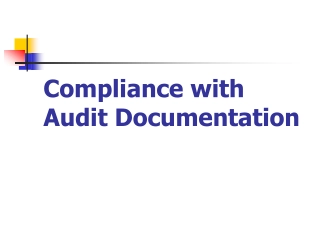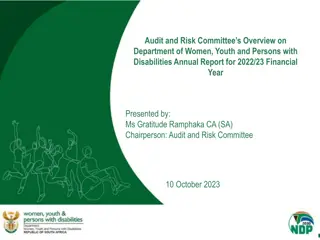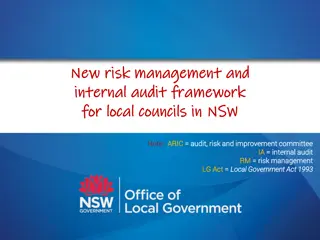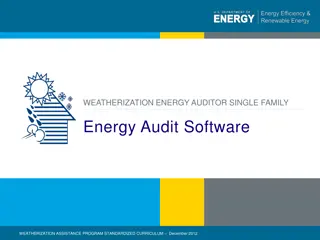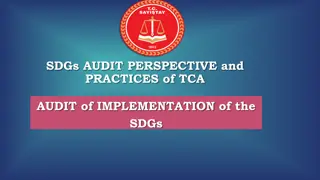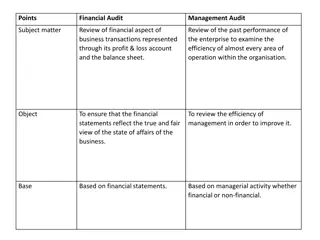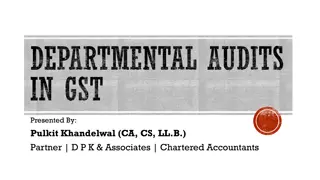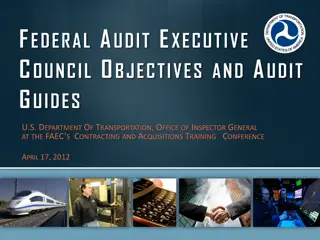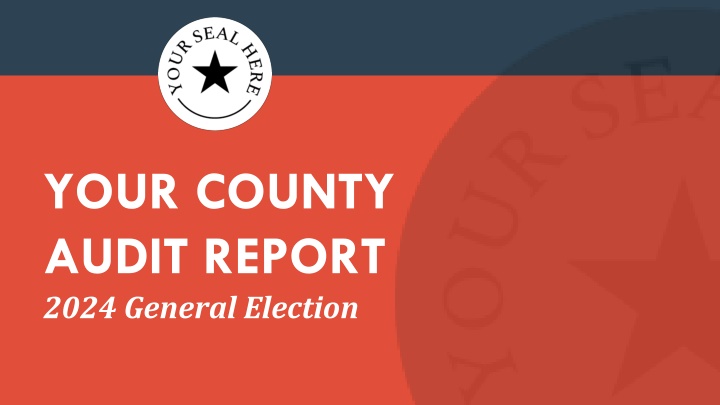
Understanding Risk-Limiting Audits in Election Processes
Discover the importance of Risk-Limiting Audits (RLAs) in ensuring election accuracy. Learn why RLAs are conducted, how they work, and the key steps involved in the audit process.
Download Presentation

Please find below an Image/Link to download the presentation.
The content on the website is provided AS IS for your information and personal use only. It may not be sold, licensed, or shared on other websites without obtaining consent from the author. If you encounter any issues during the download, it is possible that the publisher has removed the file from their server.
You are allowed to download the files provided on this website for personal or commercial use, subject to the condition that they are used lawfully. All files are the property of their respective owners.
The content on the website is provided AS IS for your information and personal use only. It may not be sold, licensed, or shared on other websites without obtaining consent from the author.
E N D
Presentation Transcript
YOUR COUNTY AUDIT REPORT 2024 General Election
What is a risk-limiting audit? (RLA) A post-election audit where a random sample of voted ballots is manually reviewed to verify that the reported election results are correct. As the name suggests, an RLA reduces the risk of confirming the wrong winner.
Why do we conduct RLAs? They are an effective and efficient way to check that ballots are counted accurately during an election. Thanks to statistics, if enough random ballots match the official machine count, we can trust the election results are accurate.
The Basics November #, 2024 ## bipartisan audit teams Risk-Limiting Audit Your County Election Office
By the Numbers #% risk limit set by [secretary of state] ## total contests # contests selected for audit: 1. [Statewide]Contest 2. [Countywide]Contest ## bipartisan audit board members retrieve randomly selected ballots, examine them and enter the selections in the audit software
By the Numbers # discrepancies identified, investigated, and explained during audit ###,### mail ballots counted ##,### mail ballots audited ###,### in-person ballots counted ##,### in-person ballots audited 99% confidence highest possible confidence rate for an audit of this type ###,### total ballots counted #,### ballots randomly selected for audit
Audit Process STEP 1: During the ballot scanning process, each ballot was given a unique identifier, and batches of scanned ballots were logged in a ballot manifest.
Audit Process, continued STEP 2: After the election results report is made public, the ballot manifest and cast vote record (CVR) files from the voting system are uploaded into the audit software.
Audit Process, continued STEP 3: The secretary of state rolls 20 10-sided dice to create a random 20-digit number or seed, which the audit software uses to select ballots from each county s ballot manifest.
Audit Process, continued STEP 4: The selected ballots are then retrieved.
Audit Process, continued STEP 5: The audit teams verify they have the correct ballots by matching the unique identifiers on the ballots to those on the retrieval list.
Audit Process, continued STEP 6: Bipartisan audit board members examine each ballot and enter the voter s choices exactly as they appear into the audit software.
Audit Process, continued STEP 7: After all jurisdictions have completed the review and documentation process for their audited ballots, the audit software compares the recorded voter choices to the CVR, checking for any differences between the two.
Key Takeaways Bipartisan teams All audit teams were made up of members from different political parties. This helped observers to recognize that audits are not political exercises. Audits are conducted to confirm that the equipment accurately counted votes and to verify the election results. Security All ballots were logged and in secure storage until the randomly selected ballots were retrieved for the audit. Only audit team members could access the selected ballots during the audit. As soon as the audit concluded, the selected ballots were returned to secure storage. Each step was logged and conducted in teams. Randomness By rolling 20 different 10-sided dice to create a 20-digit seed and then tasking the computer to generate random sequences of numbers from that stating point, the secretary of state ensured that the ballots selected for the audit were random.

